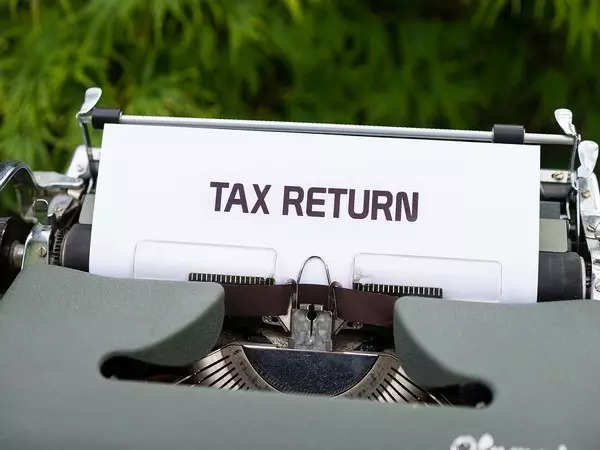
INSUFFICIENT investments will significantly limit overall growth in the medium term, an analyst said.
During the height of the pandemic, ING Manila Bank senior economist Nicholas Antonio Mapa said there were concerns about low investment and inadequate capacity building as people stayed home, affecting the economy.
Despite decent growth numbers, Mapa said that some seem to overlook the slow increase in capital formation due to the central bank's strict policies affecting investment activity.
"The lack of investment outlays even during this current rebound will unfortunately act as a cap on the overall growth outlook to come," Mapa stressed.
"And with the BSP (Bangko Sentral ng Pilipinas) governor warning that the brunt of the impact from rate hikes has yet to come, we can expect underinvestment to continue for a bit longer," he added.
Last year's gross domestic product (GDP) growth expanded by 5.6 percent as investments, household consumption, and government spending slowed, hitting below the government's 6.0 to 7.0 percent target.
Household spending grew 5.6 percent for the full year, down from 8.3 percent in 2022. Total investments also went the same way, growing by a slower 5.4 percent from 13.8 percent a year earlier.
Mapa mentioned that the Philippine economy is expected to achieve a moderate 5.0 percent growth in 2024, relying on consumption, occasional government spending, and a possible modest contribution from capital formation.
"However, if the economy is to hit its growth target, aspirational markers that are designed precisely to ensure we push towards higher income status at the soonest, we will need to see the economy reverse the year of underinvestment and shift to an economy that invests for the future," Mapa said.
"Standing in the way of these investments in structural reforms, of course, is the overhang of a high interest rate environment, which does work to dampen overall investment activity," he added.
BSP can shift stance
As fiscal authorities address supply-side issues, Mapa said the central bank could shift its stance to support both short-term and medium-term growth.
Currently, the BSP's policy rate stands at 6.5 percent, the highest since 2007. The central bank's policymaking Monetary Board last raised the rate in October via an off-cycle 25 basis point, as inflation again started rising.
Central bank Governor Eli Remolona Jr. has said that while rate cuts could start this year, these were unlikely to start anytime soon, with inflation risks still tilted toward the upside.
Should intervention again be needed, he added that robust growth would support another rate hike.
"A realization that costly rate hikes have limited ability to address supply-side inflation could finally convince the BSP to conduct its own pivot soon after the Fed conducts its own," Mapa said, referring to the US Federal Reserve.
"This would allow more investments to flow into agriculture and the food supply chain, a move that will likely be more effective in ensuring food security and lower food prices," he added.
If the central bank chooses this direction, Mapa said it may reverse the underinvestment trend, setting the Philippines on a path for higher growth and better economic prospects in the years to come.
A more affordable rate environment, Mapa added, could also encourage structural reforms in infrastructure, reducing business costs and expanding capacity.
Read The Rest at :





